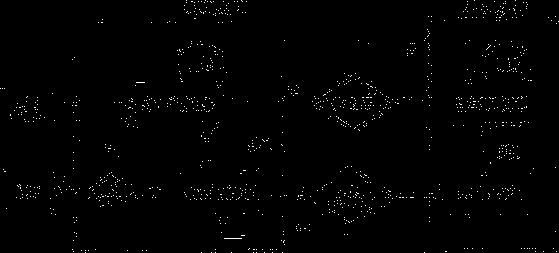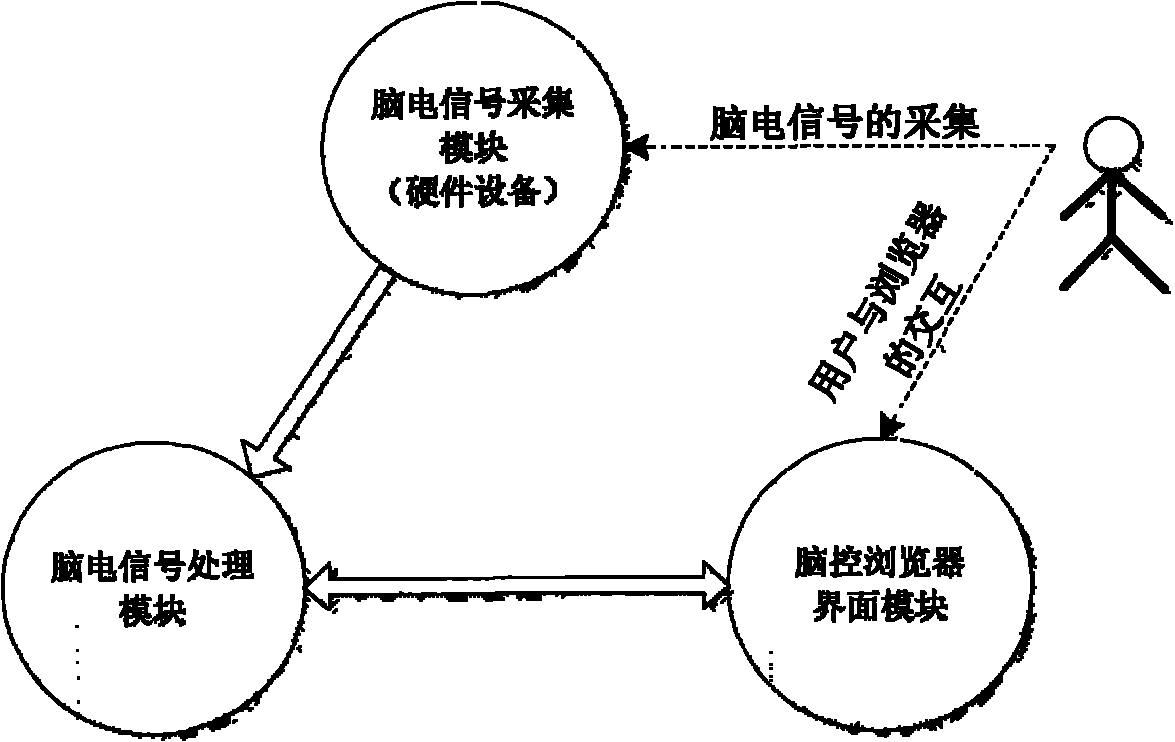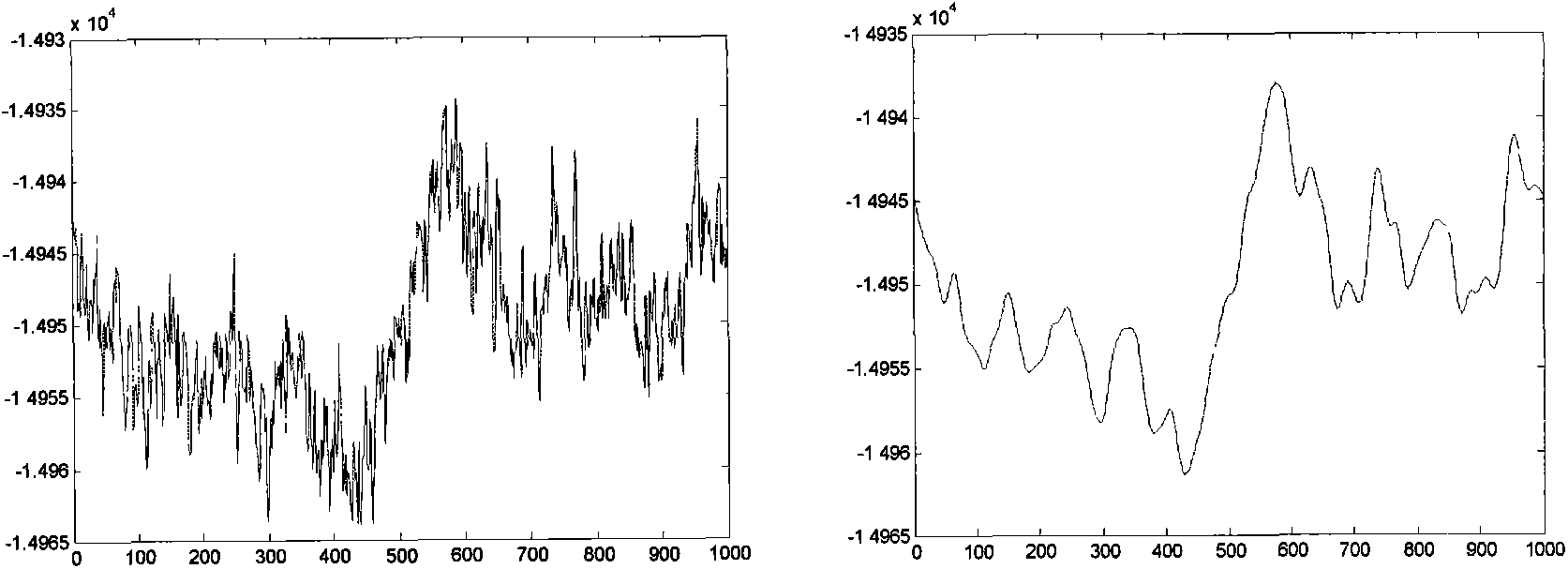Full-automatic webpage browsing control method based on brain-computer interface
A technology of web browsing and brain-computer interface, applied in computer components, mechanical mode conversion, input/output of user/computer interaction, etc., can solve problems such as inability to communicate information, achieve simple information presentation, and ensure that it is suitable for browsing and reading. The effect of browsing mode simplification
- Summary
- Abstract
- Description
- Claims
- Application Information
AI Technical Summary
Problems solved by technology
Method used
Image
Examples
Embodiment 1
[0031] The following is a specific description of the brain-controlled browser of the present invention in conjunction with the accompanying drawings:
[0032] (1) Preparation: The user puts on the hair band or electrode cap according to the standard electrode position of the 10-20 system, and ensures that the four electrodes FP1, FP2, Cz, and Oz are in the connected state (for the hair band, ensure that the dry electrode is in contact with the scalp Good; for the electrode cap, pour in the conductive paste and make sure the impedance is below 5 kΩ). Open the mind-controlled browser program, so that the mind-controlled browser stays in the figure 1 The list browsing interface shown.
[0033] (2) Browsing of the title list: After the initialization of the system is completed, the system is in the list browsing interface. At this point, the user can browse the title list in the webpage. Three pieces of news are presented to the user on each page, and the user can browse more ...
Embodiment 2
[0038] (1) Browsing strategy for brain-computer interface technology
[0039] (1.1) List / Content Browsing Architecture
[0040] Mind-controlled browsers are very different from ordinary browsers in terms of requirements. It focuses more on the simplification of browsing mode and the simplicity of information presentation. The invention refines and extracts the browsing mode of the browser in design, and uses the (list / content) framework to realize the main functions of the browser.
[0041] A conventional website contains a wealth of information, which is displayed on different pages in different forms, and finally forms a large number of browsed pages. Nevertheless, numerous browsing pages can be classified into two types, namely information title pages and information content pages. Only through these two pages, users can complete the browsing of all website information. According to this characteristic, and considering the application characteristics of the brain-compute...
PUM
 Login to View More
Login to View More Abstract
Description
Claims
Application Information
 Login to View More
Login to View More - R&D
- Intellectual Property
- Life Sciences
- Materials
- Tech Scout
- Unparalleled Data Quality
- Higher Quality Content
- 60% Fewer Hallucinations
Browse by: Latest US Patents, China's latest patents, Technical Efficacy Thesaurus, Application Domain, Technology Topic, Popular Technical Reports.
© 2025 PatSnap. All rights reserved.Legal|Privacy policy|Modern Slavery Act Transparency Statement|Sitemap|About US| Contact US: help@patsnap.com



